Fairway Fight Club

Vincentia's community rallies to save a beloved golf course from big business.
by Cat Holloway /
Given just 27 months to live, Vincentia’s Phil Smith threw himself into his lifelong passion: golf.
Phil's friend and fellow golfer, John Dyball, said that, in his golfing heyday, “Phil had the most pure swing of any amateur I’ve ever seen”.
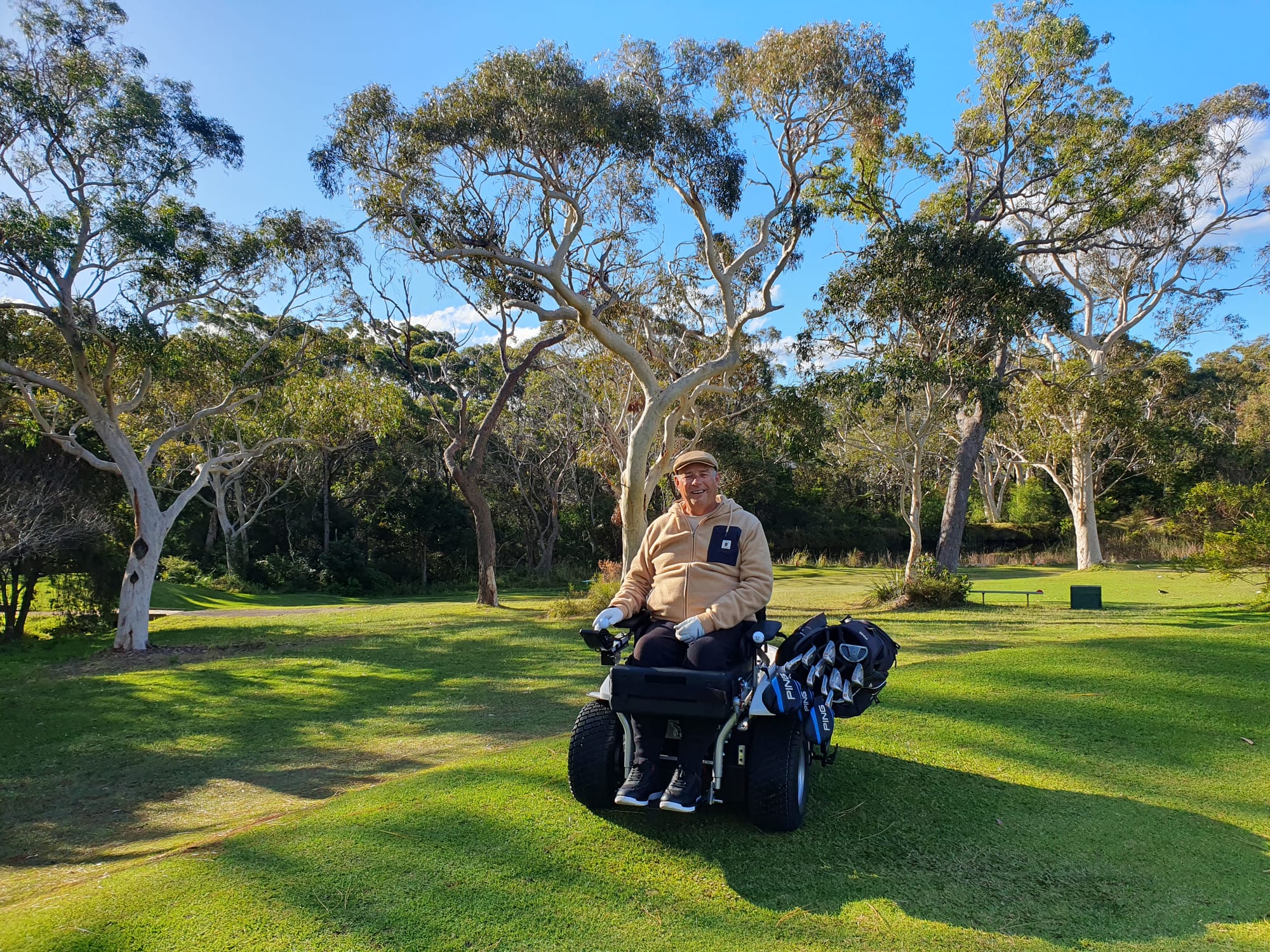
With the help of John and other golfing friends, plus the purchase by The Country Club of a Paramotion machine, Phil Smith pushed the physical limits imposed on him by Motor Neurone Disease and six years later, he is still swinging.
A former principal of the Nowra Christian School, Phil also volunteers at the Country Club’s “Get into Golf” program.
But after The Country Club St Georges Basin abruptly closed its Vincentia arm last month, Phil said his life dramatically changed for the worse again as his access to friends and activity was “coldly and callously taken away”.
“My ability to join my mates at golf was an absolute game changer that brought me back to life,” Phil said in a videoed plea to Country Club managers, begging them to re-open the 55-year-old facility that sits among bushland on a hilltop overlooking Jervis Bay.
“Motor Neurone Disease is a mongrel of a disease that steals your life, bit by bit.
“It stole my ability to work… to walk…to assist at home. It is starting to steal my voice and eventually, soon enough, it will take my life.
“I’m asking (The Country Club) … to think about the community here and the horrible toll the closing of this club has taken.
“This decision has crushed the health and wellbeing of so many, not just me.”
However, the Country Club provided “zero response” to Phil’s plea, according to a furious member, John Dyball, who said that locking Vincentia club’s doors, erecting fences and filling the golf course holes with sand “flies in the face” of the parent club's legal obligations to provide social and sporting resources to the Vincentia community.
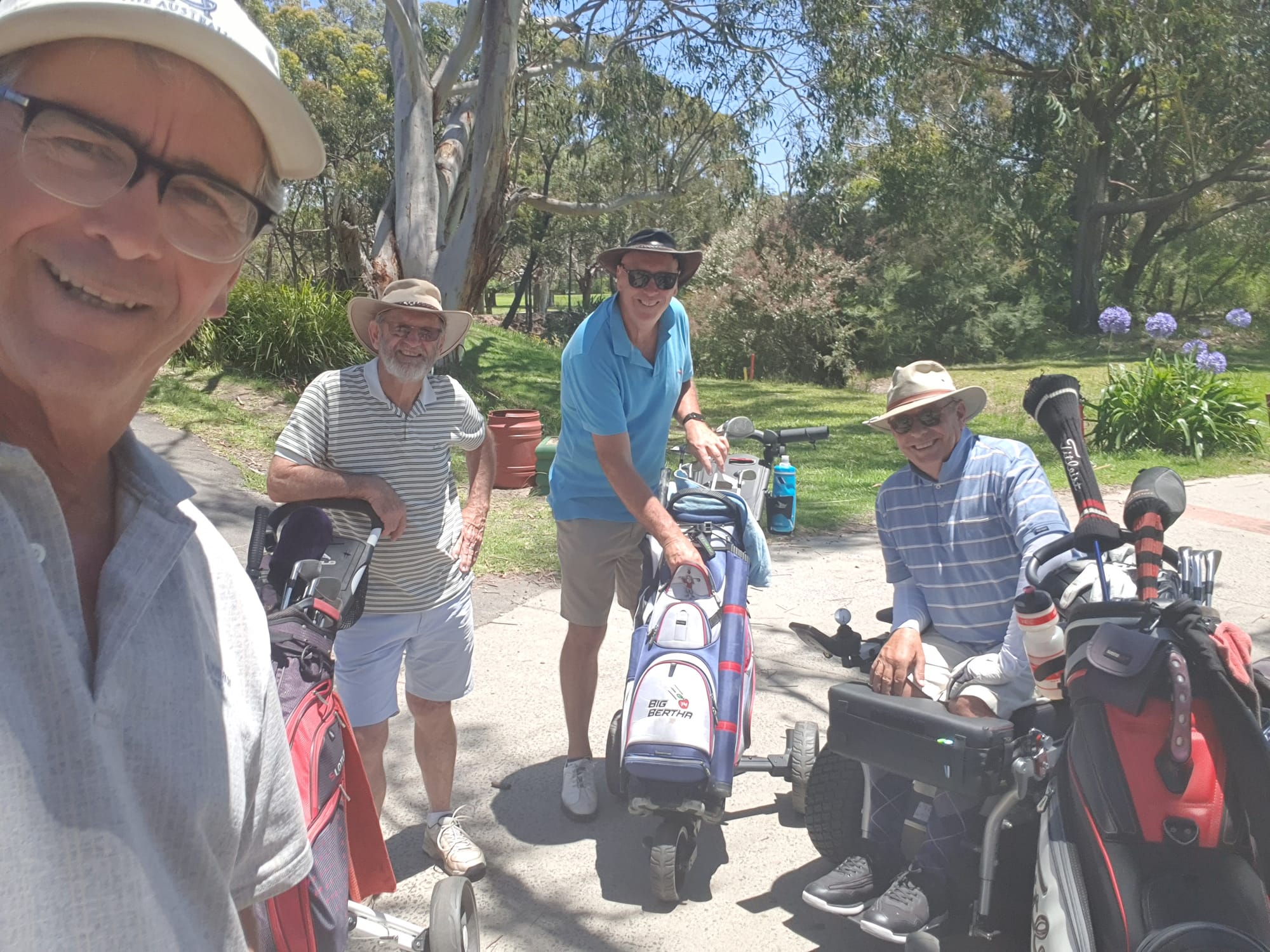
Vincentia Golf Club closed on August 26, just hours after members voted overwhelmingly against (415 - 123) the Country Club resolution to sell more than half of the Vincentia Golf Club property for $12.5 million to a seniors community developer.
The proposed 350,000 sqm building would incorporate a 60-bed aged care facility and at least 200 apartments with associated facilities including a bowling green, pool and pickleball courts. But the golf clubhouse would be reduced to a mere 250 sqm, with no provision for a pro shop, restaurant or social space. The golf course would go from 13 holes to nine.
Country Club President Bob Proudfoot warned members in his August President’s Report that if the members voted to refuse the transfer of Vincentia club land to 'non-core' status for development, the Country Club would withdraw support and cease operations.
“But it wasn’t holding a gun to anyone’s head,” Mr Proudfoot said.
“The board had come to the end of the line with the finances at Vincentia.
"The only way the board could see forward was to take advantage of the State Environmental Planning policy to assist clubs falling on difficult times by capitalising on an asset.
“Anyone who claims that we’ve been trying to profiteer and that this sale was always in our thought is stupid - it’s just ridiculous.”
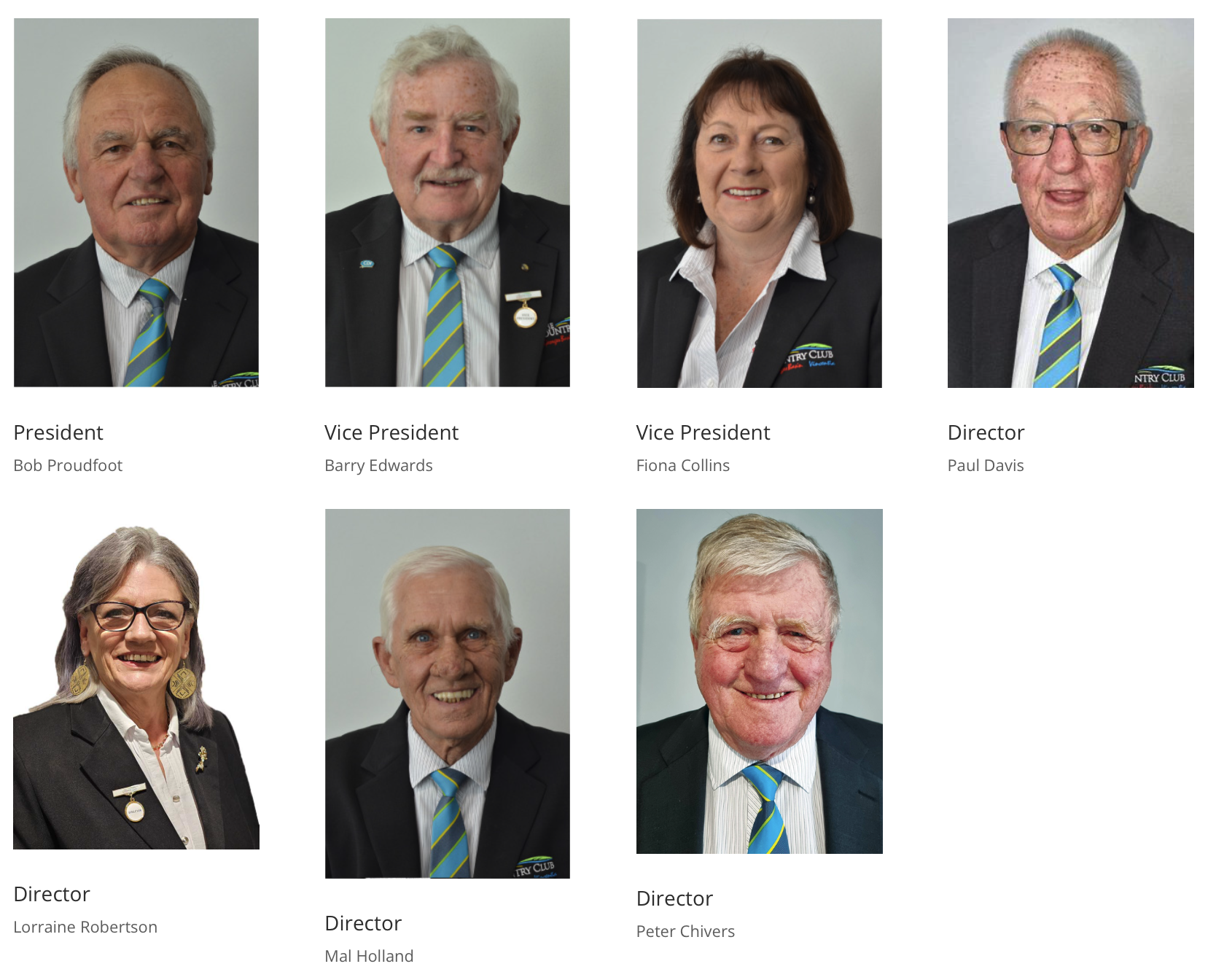
Proudfoot said the Country Club had persevered for eight years trying to make Vincentia GC sustainable despite the 2016 amalgamation agreement only obligating three years of financial support.
“The intention was to try and make it work, and a lot of effort, time, energy and social capital was put into that.
“We still want to persevere, we don’t want to walk away from the site, we're not trying to sell the golf course.
“We’re not the villains in this. The villains are all those people who tell lies and don’t know what they are talking about.”
Proudfoot said the concept of Vincentia one day becoming an 18-hole golf course alongside a development “has not been sterilised”.
“We had the anti-development lobby turn up and they were very forceful and persuasive and I don’t blame them…they were horrified when they thought there’d be buildings out their back window. So, we’re trying to mitigate the impact of that.”
Proudfoot said the developer, Oakstand, produced a concept plan but was willing to work with the community to try and "knock it into shape".
Oakstand invested around a quarter of a million in the development concept and needed assurance it was not proceeding in vain. Hence the resolution to seek agreement from club members for part of Vincentia Golf Club's land to be sold.
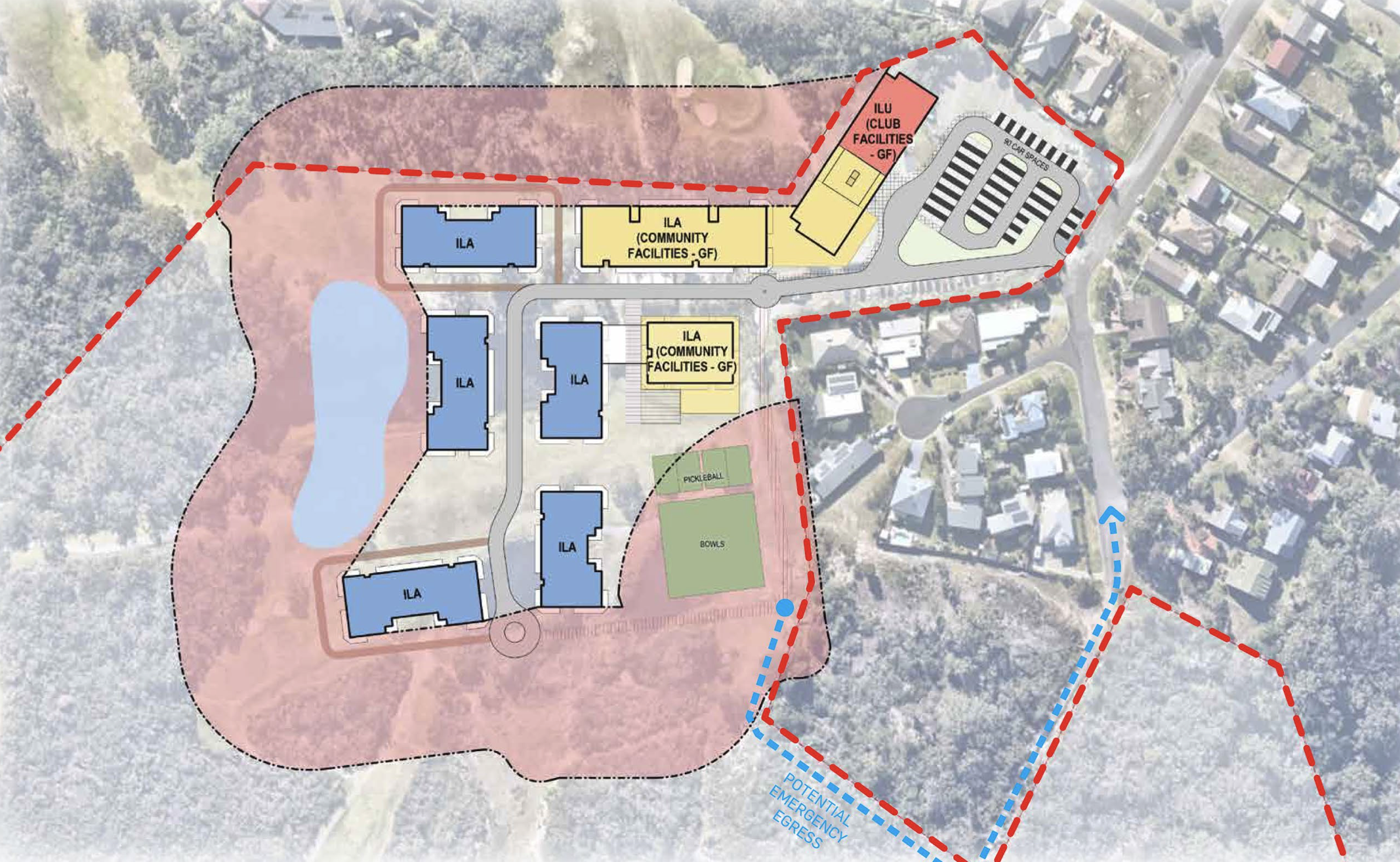
Mr Proudfoot, who lives on the edge of the Sanctuary Point golf course, said he understood the fears of Vincentia residents and “would have been horrified if someone built up against my back fence". He wrote to concerned Vincentia residents and assured them, “I will not let you down”.
But Mr Proudfoot agreed the Country Club board miscalculated community fervour and the degree of business and communication expertise locals applied to the debate.
“That was a complete error in judgement - we thought the development was a lifeline and would be well embraced," Proudfoot said.
“Never underestimate how bright the nearby residents are - they presented their case very well, I’ve got to take my hat off to them.”
Mr Proudfoot said he did not know what the board would decide to do next but that any solution would involve development because the club's commissioned sustainability report advised there was no other way.
He said the proposed new clubhouse could double in size and that if "common ground" was found, Vincentia Golf Club would re-open on December 1.
“We're quite flexible, to a point. But the board’s not flexible in terms of walking away from development."
Proudfoot said the previous committee "botched" the viability of the Vincentia Golf Club and that the Country Club "hadn’t done much better".
"It’s not a Barbra Streisand song, we can't keep going back to the way we were, that was a disaster."
"I’ll be trying to get another vote happening ... and see if we can’t get people to come around."
Vincentia Golf Club is just one of nearly 20% of Australian clubs teetering on the brink and falling victim to hard economic realities and changes in the social habits and entertainment preferences of younger groups.
Massive poker machine profits in most clubs are a fact of life, Mr Proudfoot said, especially in low and average-income areas such as Sanctuary Point.
He said The Country Club was budgeting for an expected downturn in poker machine revenue as the club evolves with government requirements to enforce a more responsible gambling culture.
But Friends of Vincentia Golf Club (FoVGC) President Andrew Irvine pointed out that Country Club poker machines were holding the club up, contributing $12,589,905 last financial year for a net of $8,200,000. Country Club St Georges Basin recorded a loss last year of $776,000 across golf, bowls, TAB and catering.
Irvine calculated that Vincentia's loss of $180,000 last financial year (before depreciation) equated to just over one week's net income from pokies at the St Georges Basin club.
"Time to get off your high horse of entitlement, cease blaming the lack of support for Vincentia by their members, and find out just what the hell is going on at your club," Mr Irvine said in a letter and message posted on the FoVGC Facebook page.
Irvine, who owned successful hospitality businesses in Wagga and Dubbo, entirely rejected the notion that residential development was Vincentia Golf Club's only future.
He said a club's sustainability depends on the willingness of the operator to "have a go". He claimed two CPAs had investigated Vincentia Golf Club's viability and found it had the potential to be profitable "without a doubt".
Irvine also said that hostile communication between St Georges Basin and Vincentia had become so toxic that they stopped negotiating and were instead seeking a benefactor to enable them to separate from The Country Club.
“The reason there’s so much vitriol and emotion is that we’ve been treated like imbeciles,” Irvine said.
“It's an absolute whitewash, they are pulling the wool over people’s eyes and have refused to meet with us.
"They are hellbent on cash injection, and they stand to make a ton of money, as developers do.
“They are just looking after themselves - the focus is not on golf or community."
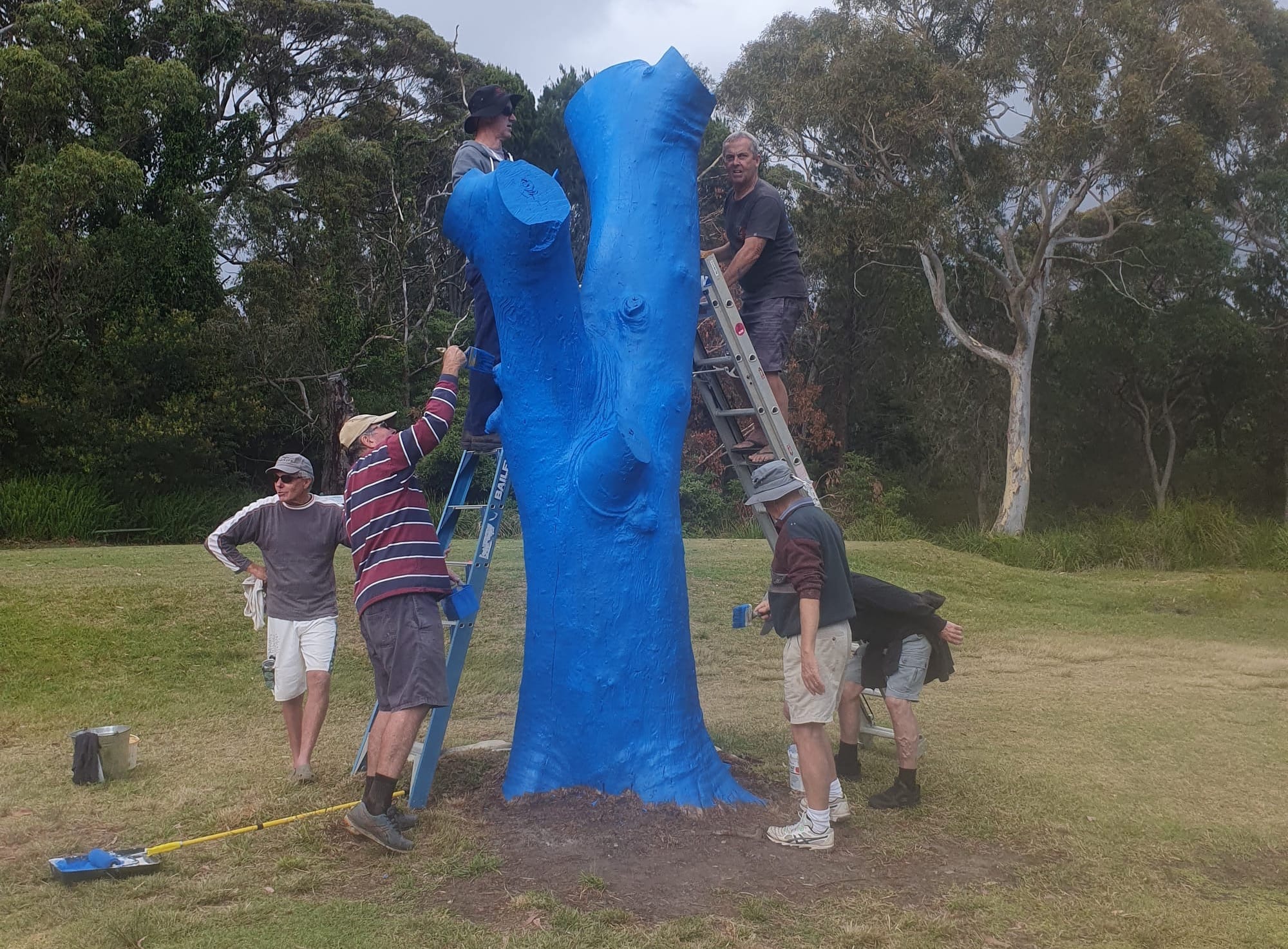
Mr Irvine said the Country Club had maintained the fairways and greens but failed to incentivise patronage because their long-term goal, he believed, was to "wipe out the club entirely".
He cited Wagga as an example of a successful golf club that promoted activities for the community so well, even during Covid, that they had to shut off membership because numbers reached capacity.
Member Narelle Harding said the parent club had contributed to the Vincentia club's demise and eroded joy in the community by cancelling fundraising events such as Bingo, Easter Raffles and Sunday live music.
"There is now no fostering of social inclusion... there is no link to community life at all in Vincentia, and many people of all ages have become isolated, lonely and not entertained."
Neil Bear photographed many small memorials scattered around the golf course, donated by families in memory of loved ones.
"There is a close connection to the VGC by many generations over the last 55 years. Many places of memory are only known to family who have had ashes scattered in private places."
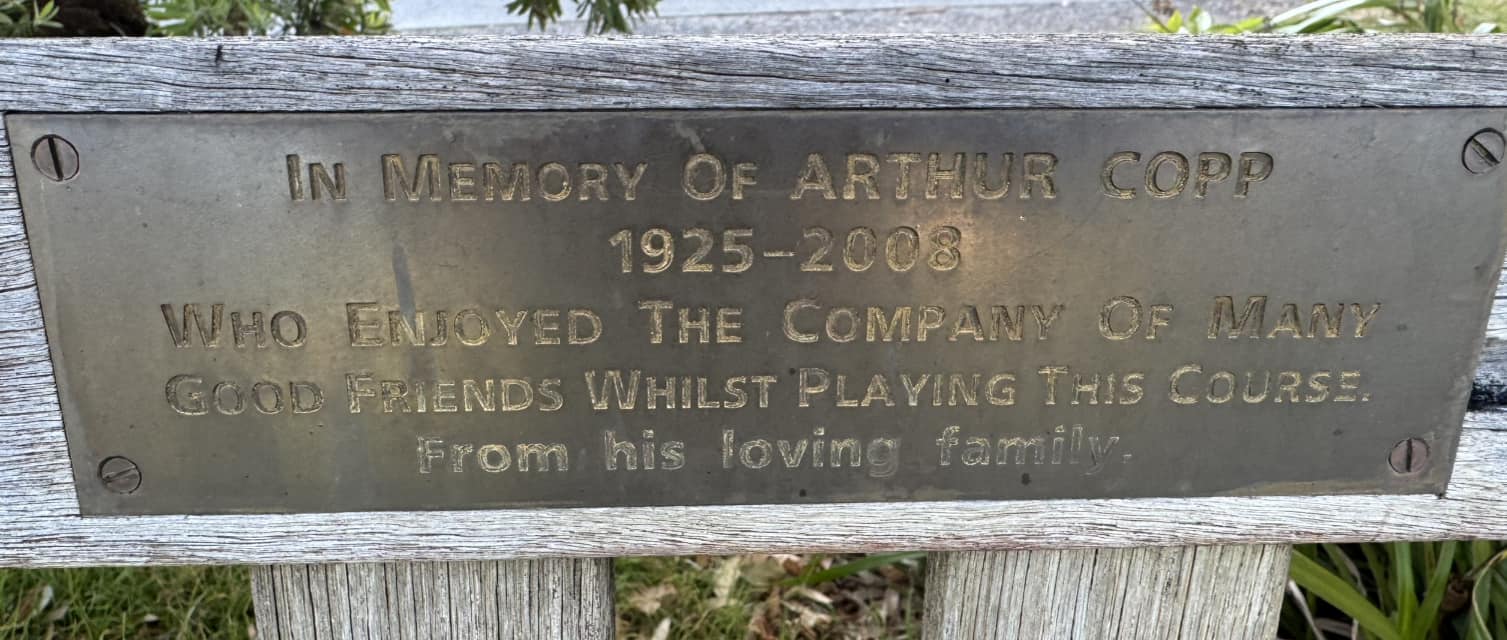
FoVGC raised almost $50,000 from supporters in two weeks for a "war chest" to fund the campaign to regain control of the Vincentia Golf Club's future direction.
Mr Irvine said that Vincentia's potential was beyond money and about the growth of nature, community, health, culture and tourism appeal - items whose value is hard to quantify.
"What a jewel in the crown our club could be if the money spent on St Georges Basin was also spent on Vincentia," Mr Irvine said.
He said Vincentia Golf Club's remarkable location was a drawcard as neighbouring Huskisson and Hyams Beach are among the most popular destination towns in the state, and the golf course has a high degree-of-difficulty rating.
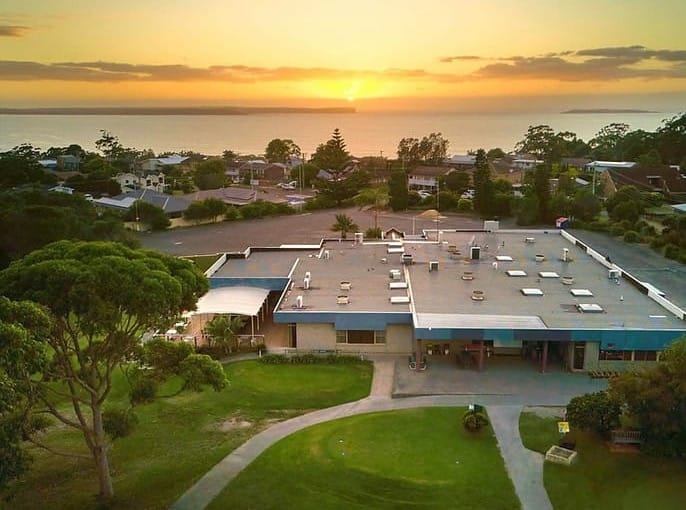
The 2023 Australian Golf Industry Report claimed that golf generated more expenditure than any other recreational activity in Australia. The sport is growing in popularity, attracting more women, juniors and low-medium income earners. Golf is no longer an elite domain of wealthy middle-aged men.
The AGI report highlighted golf as a key tourism driver in regional areas with 1.6 million domestic trips made annually to play golf and 150,000 international tourists visiting Australia to play golf. The value of golf tourism to the Australian economy each year is approximately $336 million.
Historically, golf courses copped criticism for environmental degradation through land clearing and dependence on chemicals and water to maintain the fairways and greens. But University of Melbourne scientists found vegetation on golf courses was 50-100% more structurally diverse than residential gardens and urban parklands with 50% more bird species.
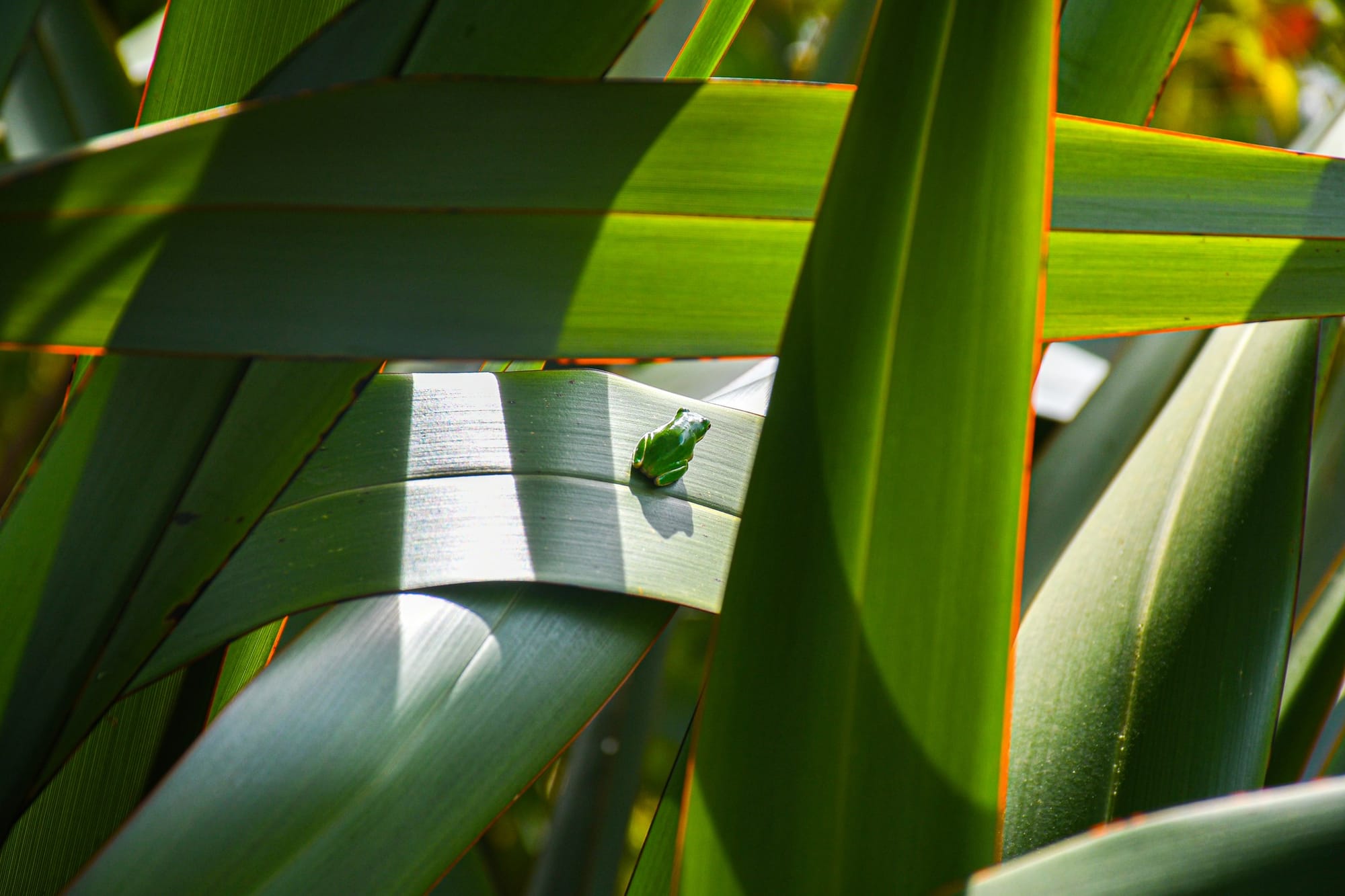
Vincentia is not alone in its struggle to get out of the rough. All over the world, and throughout Australia, failing golf courses are being redesigned as seniors’ villages, luxury or affordable housing and, in some cases, rewilding or urban wetland projects.
But when it comes to innovation, Fiji's Denarau Golf Club has hit a hole-in-one.
Golf club land is used for organic farming of fruits, vegetables and herbs that the resort kitchens serve and then compost the waste for return to the fairways. Guests are encouraged to follow their food from golfing greens to restaurant plates.
The point is, no matter how communities or businesses might feel tied to tradition, even golf courses can be reimagined as shared resources for a more economical, environmental and enjoyable future.




